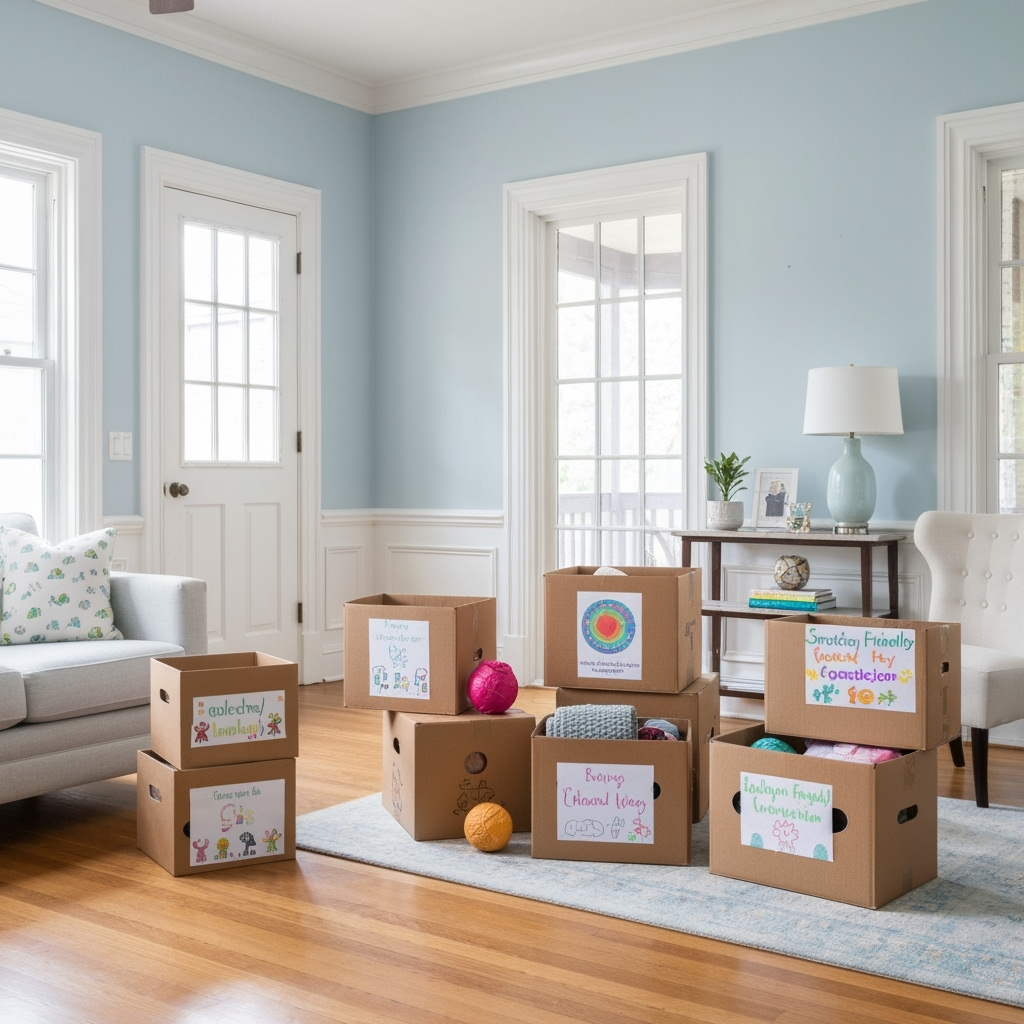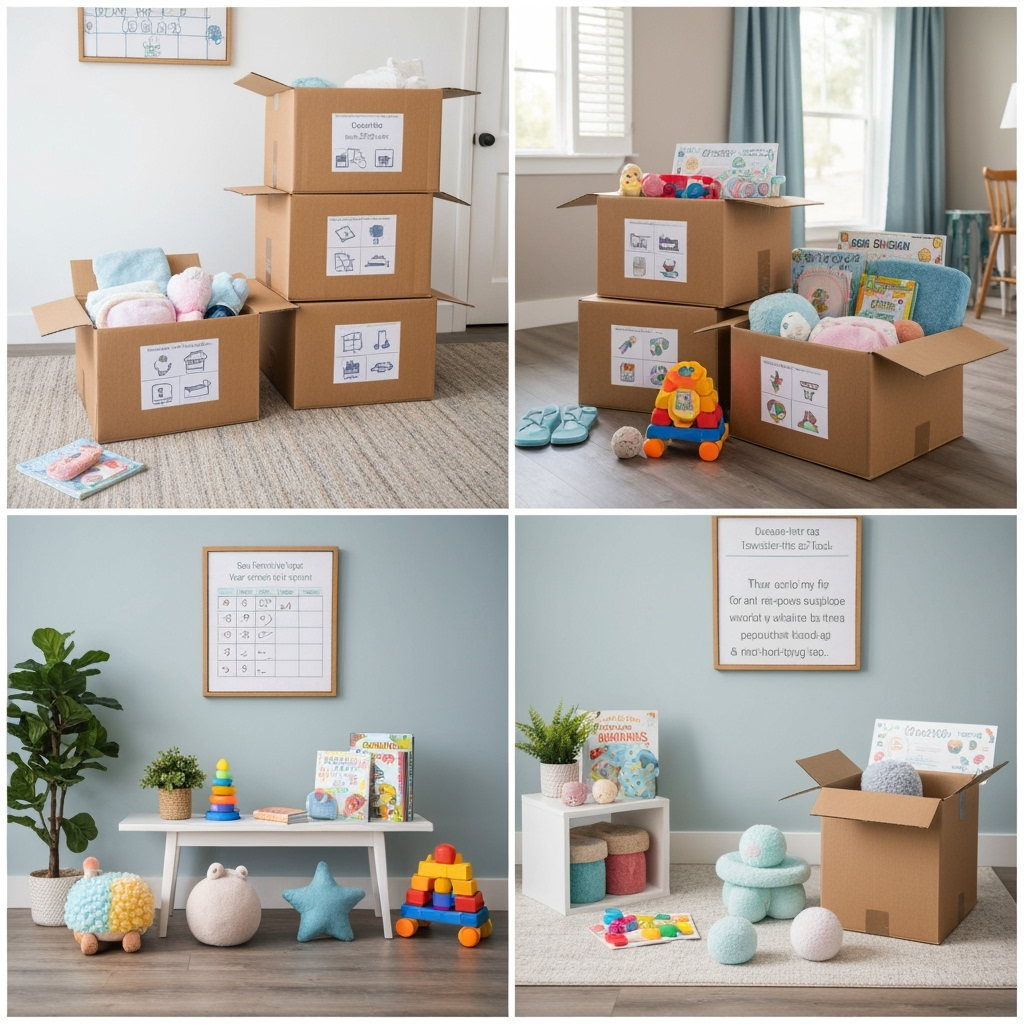Moving with Special Needs Children: A Comprehensive Storage and Transition Guide

Moving can be challenging for any family, but when you have a child with special needs, the process requires extra consideration and planning. This comprehensive guide will help you create a smooth, anxiety-free transition using strategic storage solutions and thoughtful organization techniques.
Pre-Move Planning: Creating a Sensory-Friendly Transition
Before you start packing, establishing a clear plan that accommodates your child’s specific needs is crucial. Here’s how to begin:
- Create a visual schedule of the moving process
- Establish familiar comfort zones in both old and new spaces
- Maintain routine items accessible throughout the move
- Set up a designated “safe space” during the packing process
Strategic Storage Solutions for Special Needs Considerations

1. Organizing Essential Items
Create a priority storage system that keeps crucial items easily accessible:
- Therapy tools and sensory items
- Comfort objects and familiar belongings
- Medical supplies and documentation
- Daily routine items
2. Climate-Controlled Storage for Sensitive Items
Consider climate-controlled storage units for:
- Medical equipment and devices
- Sensory tools and therapeutic materials
- Special dietary supplies
- Adaptive equipment
Creating a Sensory-Friendly Packing Process
Color-Coding System
Implement a clear organization system:
- Use color-coded boxes for different rooms
- Create picture labels for easy identification
- Mark priority boxes with special symbols
- Keep similar items together
Setting Up the New Space
Transition Strategies
Make the new environment comfortable and familiar:
- Set up a familiar space first
- Maintain similar room layouts where possible
- Install any necessary adaptations before moving in
- Create visual guides for new locations
Storage Unit Organization Tips
Accessibility Considerations
When using a storage unit, remember to:
- Keep essential items at easily accessible heights
- Create wide aisles for mobility equipment
- Use clear storage containers for visual identification
- Maintain an organized inventory system
Managing The Moving Timeline
Structured Approach
Create a timeline that works for your family:
- Plan for longer transition periods if needed
- Schedule moves during low-stress times
- Build in breaks and adjustment periods
- Coordinate with therapy and medical providers
Additional Resources and Support
Remember to utilize available resources:
- Connect with special needs moving specialists
- Contact local support groups
- Coordinate with healthcare providers
- Research accessibility services in your new area
Final Tips for Success
Keep these key points in mind throughout the moving process:
- Maintain open communication with your child
- Be flexible with timelines and expectations
- Document successful strategies for future reference
- Celebrate small victories throughout the process
Moving with a child who has special needs requires extra planning and consideration, but with the right storage solutions and organizational strategies, you can create a smooth transition for your entire family. Remember to take things one step at a time and maintain familiar routines wherever possible.










Leave a Reply